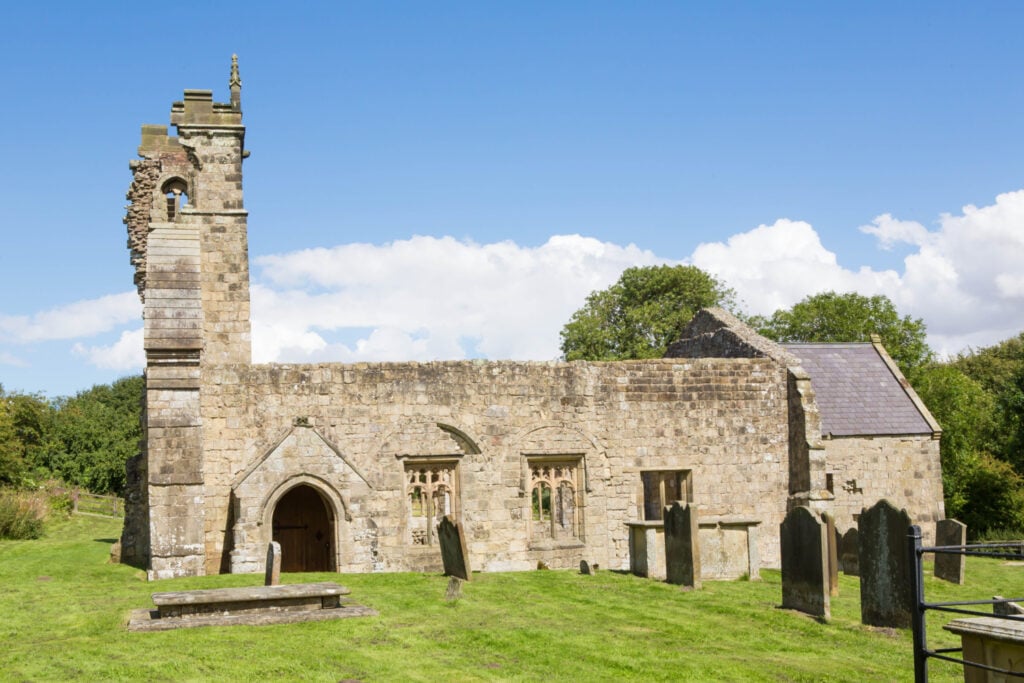A quaint and secluded pastoral landscape can be found hidden on the edge of a characteristic little Wolds chalk valley in the former East Riding. Within it lies a series of undulations on the ground. These odd lumps and bumps are in fact one of the most extensively studied of all deserted medieval villages in the country.
In continuous occupation for at least six centuries, archaeological excavations between 1950 and 1990 revealed the site to be the former village of Wharram Percy. Though holding prehistoric origins, its prominent foundation came in the 9th and 10th century, but it was from the 12th century on that two manors flourished here, the latter owned by the powerful Northern Percy family, who later also obtained the other manor.

Within the village could be found groups of peasant houses arranged in rows, each with a narrow strip of garden to the rear—and the earthworks of these are still visible in the ground. But why did the village decline? The Black Death of 1348-50 is to blame for its initial desertion, wiping out many of the inhabitants and leaving around just 30 houses by the mid 1300s.
At the turn of the next century, the Hilton family of Sunderland purchased the manor to convert farmland to sheep pasture which very much spelled the end of the village.
The church, once dedicated to St Martin, now sits partially ruined and without a roof, the remaining fabric largely dating from the 12th to 16th century. It fell into disrepair following the desertion of Wharram Percy in c.1517, and even led to complaints regarding the condition of the chancel. Then, the death knell fell for the congregation following the construction of a further church at nearby Thixendale in 1870, with the last service held at St Martin’s in 1949. Half the tower then collapsed a decade later, and the ruins now survive as the last building standing among the landscape now maintained by English Heritage (#ad), and one well worthy of a walk on even the coldest winter’s day.